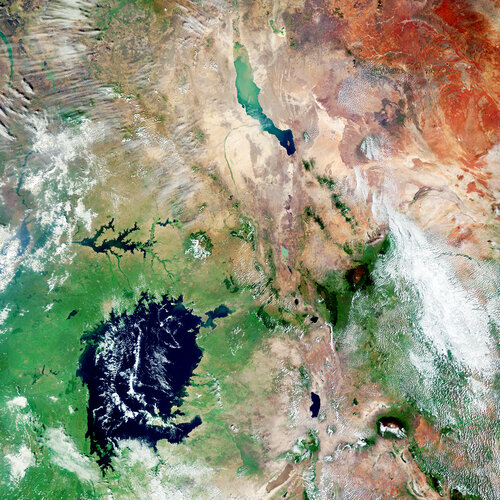SpaceLink adds smaller satellites to data-relay constellation
Thursday, 24 February 2022 22:57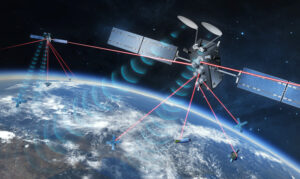
SpaceLink announced plans Feb. 24 to establish an initial constellation of smaller satellites than previously planned, a move designed to slash the cost and speed up the rollout of initial data-relay services.
The post SpaceLink adds smaller satellites to data-relay constellation appeared first on SpaceNews.
U.S. Space Command needs help identifying hostile intent in space
Thursday, 24 February 2022 22:39
If Russia or any other actor were to intentionally interfere with U.S. satellites, it would be difficult to identify the aggressor, said the top commander of U.S. military space operations.
The post U.S.
AE Industrial Partners to acquire stake in Firefly from Noosphere
Thursday, 24 February 2022 20:53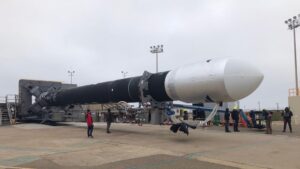
AE Industrial Partners is buying the part of Firefly Aerospace currently owned by Noosphere Venture Partners, which previously announced it was being forced by the federal government to sell its stake in the launch vehicle developer.
Biden: Sanctions will “degrade” Russian space program
Thursday, 24 February 2022 18:48
Russia’s space program won’t be shielded from sanctions the United States is imposing in the wake of Russia’s invasion of Ukraine, U.S. President Joe Biden said Thursday afternoon.
The post Biden: Sanctions will “degrade” Russian space program appeared first on SpaceNews.
Globalstar selects MDA and Rocket Lab for new satellites
Thursday, 24 February 2022 15:17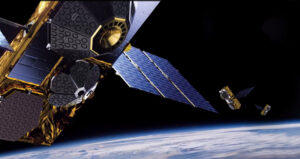
Globalstar has selected MDA Ltd. and Rocket Lab to supply a set of satellites to replenish its constellation, funded by a mystery customer.
The post Globalstar selects MDA and Rocket Lab for new satellites appeared first on SpaceNews.
The rise and fall of the riskiest asteroid in a decade
Thursday, 24 February 2022 14:00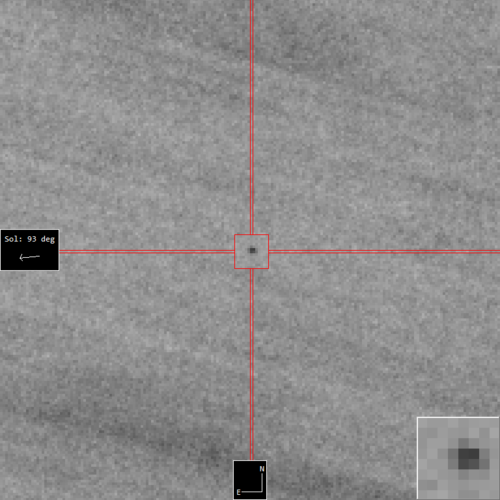
Is Marscrete the answer to building on Mars?
Thursday, 24 February 2022 11:35
How can we build on Mars? A casual chat with a geologist led a University of Canterbury (UC) engineering academic and his team to spend years researching how to build on Mars. It all started with Associate Professor Allan Scott and Geology Professor Chris Oze (Occidental College) pondering what materials were available on Mars to make concrete or "Marscrete."
Earthly concrete is made with Portland cement, which is produced by heating limestone to drive off the CO2. Cement, the main binder, is mixed with sand, stone, and water to create concrete.
But the pressing question is: What is available on Mars to bind the materials of Marscrete together?
"Unfortunately, on Mars there is not a lot of limestone so we are looking at alternative ways to find some sort of binder system," says Associate Professor Allan Scott.
Dog kennel hit by meteorite sells at auction
Thursday, 24 February 2022 09:14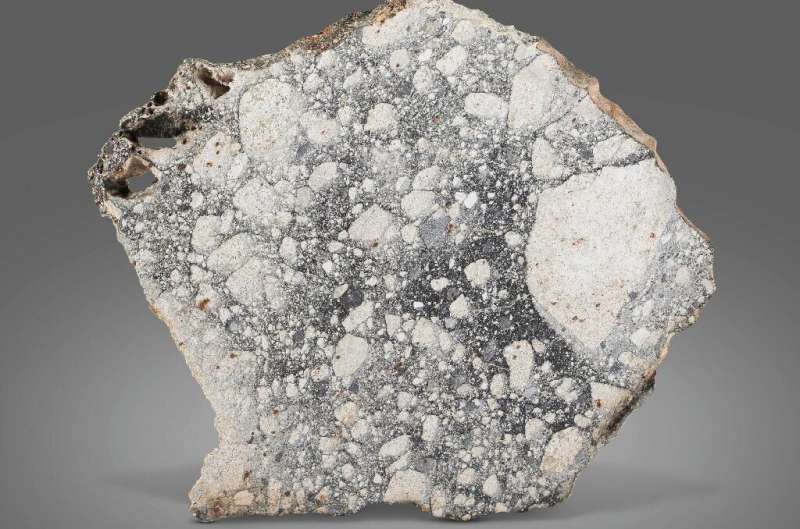
A Christie's auction of rare meteorites Wednesday sold a rock from space that narrowly missed a German Shepherd when it smashed into his kennel in Costa Rica.
But the offer of the third-largest piece of Mars on Earth failed to make an impact at the auction house's annual sale of unusual meteorites.
The buyer paid $21,420 for the three-by-1.5 inch (eight-by-four centimeter) carbonaceous chondrite stone that landed in the garden of dog Roky's owner's home in Aguas Zarcas in April 2019.
The wood and tin doghouse itself, complete with a seven-inch hole marking where the meteorite punctured the roof, sold separately for $44,100, Christie's said.
That was much less than the pre-sale estimate of between $200,000 and $300,000.
A bidder paid $189,000 for a chunk of lunar rock that was discovered in Morocco in 2007, below pre-sale estimates of up to $300,000.
Another slice of the Moon—found in the Sahara desert in Mauritania—fetched $69,300 during the two-week online sale that ended Wednesday.
Meet the Experts: The James Webb Space Telescope
Thursday, 24 February 2022 08:00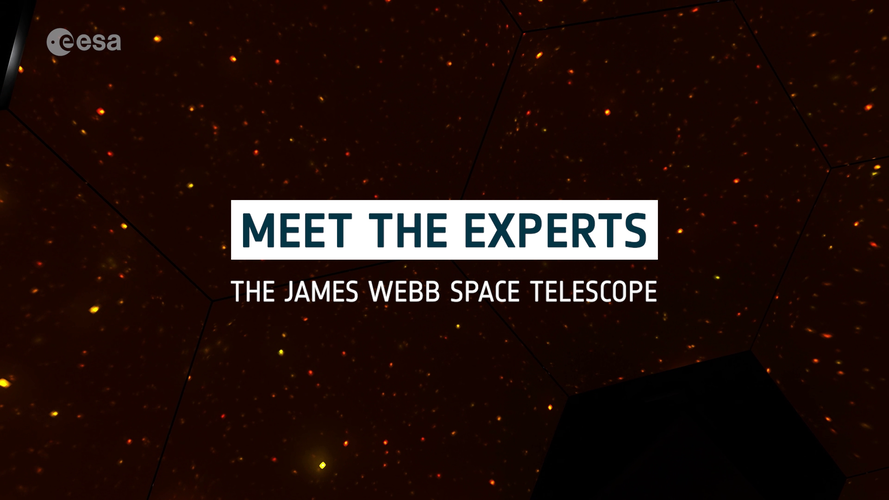 Video:
00:12:24
Video:
00:12:24
Are you curious to know how a telescope works? Join ESA astronomer Giovanna Giardino as she gives an insight into the inner workings of the world’s largest telescope in space, the extraordinary James Webb Space Telescope.
Find more episodes in the Meet the Experts series here.
Ukraine crisis challenges International Space Station cooperation
Thursday, 24 February 2022 05:16 The crisis over Russia's Ukrainian aggression presents NASA and other space agencies with the most serious diplomatic strain in the 22-year history of the International Space Station partnership, experts said.
Russia is a major partner with the United States, Europe, Japan and Canada in the space station's maintenance and operation.
Russia provides critical cargo and crew transport,
The crisis over Russia's Ukrainian aggression presents NASA and other space agencies with the most serious diplomatic strain in the 22-year history of the International Space Station partnership, experts said.
Russia is a major partner with the United States, Europe, Japan and Canada in the space station's maintenance and operation.
Russia provides critical cargo and crew transport, Rocket Lab officially opens third launch pad, Next launch within a week
Thursday, 24 February 2022 05:16 Rocket Lab USA, Inc (Nasdaq: RKLB) has announced the completion of its second orbital launch pad at Launch Complex 1 in New Zealand - the Company's third dedicated pad for its Electron rocket - and confirmed the new pad's first mission will be a dedicated commercial launch scheduled to lift-off within a week's time.
Pad B is based within Rocket Lab Launch Complex 1, the world's first priva
Rocket Lab USA, Inc (Nasdaq: RKLB) has announced the completion of its second orbital launch pad at Launch Complex 1 in New Zealand - the Company's third dedicated pad for its Electron rocket - and confirmed the new pad's first mission will be a dedicated commercial launch scheduled to lift-off within a week's time.
Pad B is based within Rocket Lab Launch Complex 1, the world's first priva Clean driving technology enables cleaner rocket fuel
Thursday, 24 February 2022 05:16 A chemical used in electric vehicle batteries could also give us carbon-free fuel for space flight, according to new UC Riverside research.
In addition to emission reductions, this chemical also has several advantages over other types of rocket fuels: higher energy, lower costs, and no requirement for frozen storage.
The chemical, ammonia borane, is currently used for storing the hyd
A chemical used in electric vehicle batteries could also give us carbon-free fuel for space flight, according to new UC Riverside research.
In addition to emission reductions, this chemical also has several advantages over other types of rocket fuels: higher energy, lower costs, and no requirement for frozen storage.
The chemical, ammonia borane, is currently used for storing the hyd NASA opens second phase of $5 Million Lunar Power Prize Competition
Thursday, 24 February 2022 05:16 Under Artemis, NASA plans to return to the Moon using innovative technologies to explore more of the lunar surface than ever before. This will require lunar surface systems that can deliver continuous, reliable power to support mining and construction, research activities, and human habitation.
The newest phase of NASA's Watts on the Moon Challenge offers up to $4.5 million in prizes to de
Under Artemis, NASA plans to return to the Moon using innovative technologies to explore more of the lunar surface than ever before. This will require lunar surface systems that can deliver continuous, reliable power to support mining and construction, research activities, and human habitation.
The newest phase of NASA's Watts on the Moon Challenge offers up to $4.5 million in prizes to de MIT Lunar Station Corp helps support safe lunar missions
Thursday, 24 February 2022 05:16 This year NASA hopes to return astronauts to the Moon as early as March or April.
Strategically, the Moon has something essential for life in space: water. Lunar ice can supply oxygen for human life and hydrogen fuel for deep space travel. But, navigating the dangerous Lunar surface is not for the faint of heart.
You wouldn't build a home on sand. Would you? The Moon is no differen
This year NASA hopes to return astronauts to the Moon as early as March or April.
Strategically, the Moon has something essential for life in space: water. Lunar ice can supply oxygen for human life and hydrogen fuel for deep space travel. But, navigating the dangerous Lunar surface is not for the faint of heart.
You wouldn't build a home on sand. Would you? The Moon is no differen 

